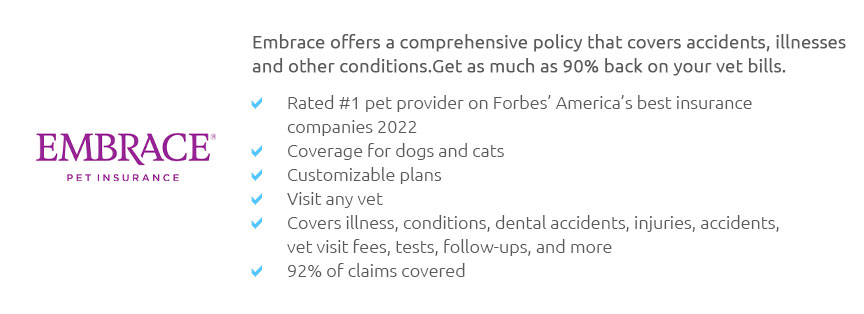 |
 |
 |
 |
 |
|
 |
|
 |
|
 |
|
 |
|
 |
|
 |
|
 |
 |
Best Dog Medical Insurance: A Comprehensive Guide to Making Informed ChoicesIn recent years, the burgeoning field of pet health insurance has become a cornerstone for dog owners eager to provide their furry companions with the best possible care. With myriad options available, selecting the right medical insurance for your dog can be a daunting task. This guide aims to demystify the process by exploring the nuances of different policies, highlighting common pitfalls, and offering informed perspectives to aid in your decision-making process. First and foremost, when considering dog medical insurance, it is crucial to understand the coverage specifics. Not all plans are created equal; some might cover only accidents, while others include a broad spectrum of issues ranging from hereditary conditions to routine wellness checks. Comprehensive plans are often more expensive, but they provide peace of mind that your beloved pet will receive necessary care without financial strain. One common mistake pet owners make is overlooking the waiting period inherent in most insurance policies. The waiting period is the time between the policy start date and when coverage actually begins, and during this time, any medical issues that arise are typically not covered. This is a critical factor, especially if your dog is prone to certain ailments or if you are switching from another insurer. Always read the fine print to avoid surprises. Another pivotal aspect to examine is the deductible. Policies can vary significantly, with some requiring annual deductibles and others imposing per-incident deductibles. The choice between these can affect both your premium costs and out-of-pocket expenses during a claim. For instance, if your dog is generally healthy with few vet visits, a higher deductible might reduce your premium costs, but if your pet has chronic conditions, a lower deductible could be more economical in the long run.
In conclusion, selecting the best dog medical insurance involves a delicate balance of understanding the policy details, assessing your pet’s health needs, and aligning them with your financial capabilities. By avoiding common missteps such as neglecting waiting periods, misunderstanding deductibles, and overlooking pre-existing conditions, you can ensure that your furry friend receives the best care possible. Frequently Asked QuestionsWhat should I consider when choosing dog medical insurance?Consider coverage specifics, waiting periods, deductibles, reimbursement levels, and the insurer's reputation. Are pre-existing conditions covered by dog insurance?Most insurers do not cover pre-existing conditions, making it important to get insurance when your dog is young and healthy. How do deductibles affect my dog insurance policy?Deductibles can be annual or per-incident, impacting both premium costs and out-of-pocket expenses during claims. What is a waiting period in dog insurance?A waiting period is the time between the policy start date and when coverage actually begins, during which medical issues are typically not covered. How does reimbursement level affect my insurance choice?Higher reimbursement levels mean higher premiums but greater financial relief during large medical expenses. https://www.thetimes.com/money-mentor/pet-insurance/best-pet-insurance
The best pet insurance providers - Petsure - Many Pets - Waggel - M&S Bank - Cover My Pet - Honourable mentions - Animal Friends - Petplan. https://www.akcpetinsurance.com/
AKC Pet Insurance offers the industry's best pre-existing condition coverage for curable and incurable conditions after 365 days of continuous coverage. AKC ... https://www.reddit.com/r/petinsurancereviews/comments/1c0bno9/best_pet_insurance_for_dogs_cats_according_to/
On average, in the hundreds of quotes I've run, Trupanion is often amongst the highest. However, this isn't always the case and there are ...
|